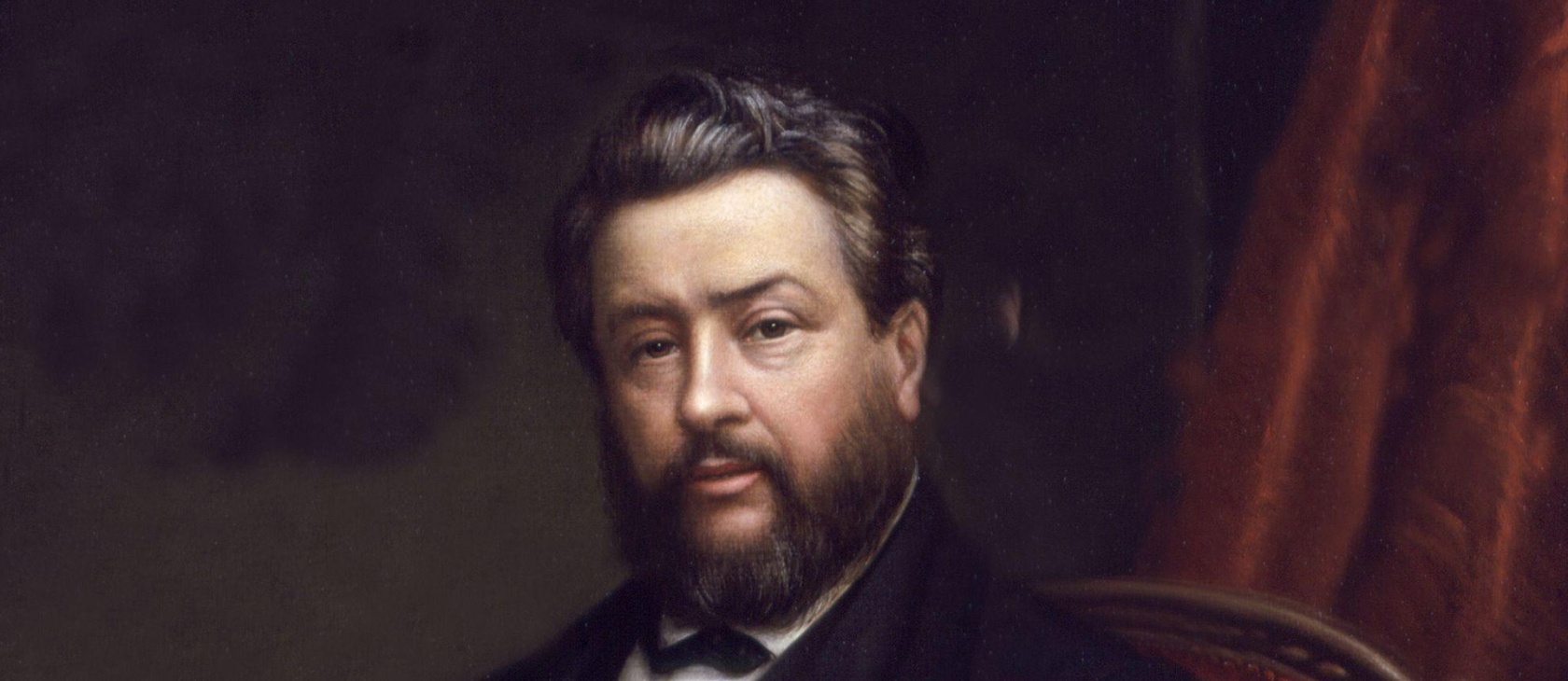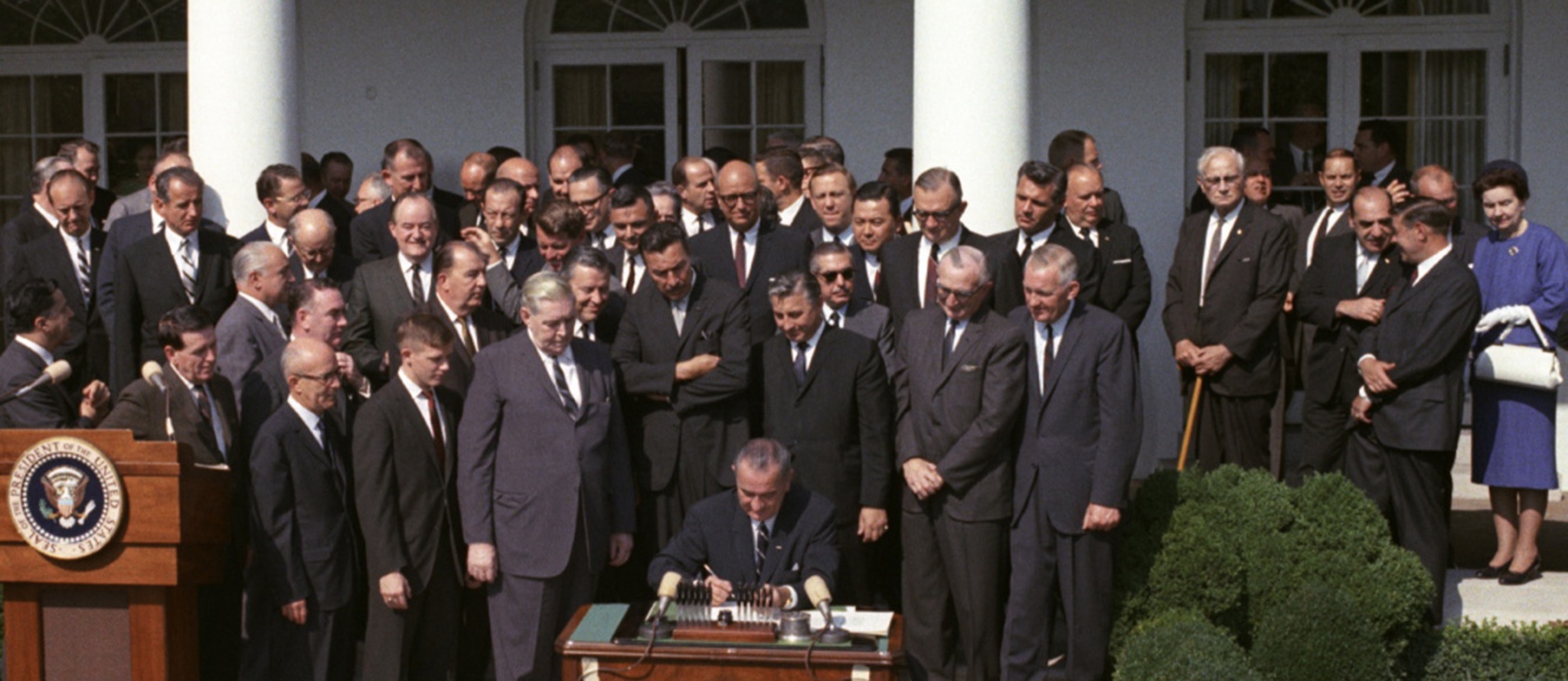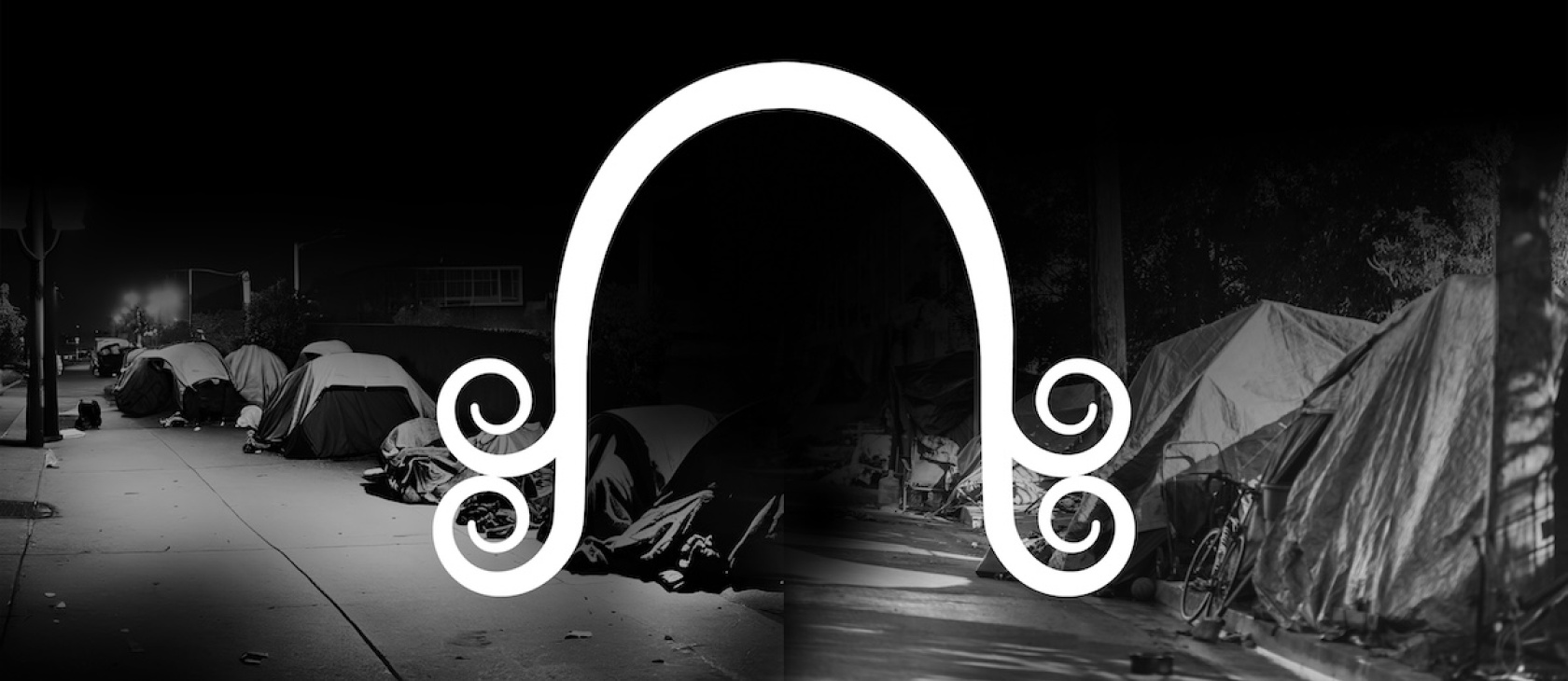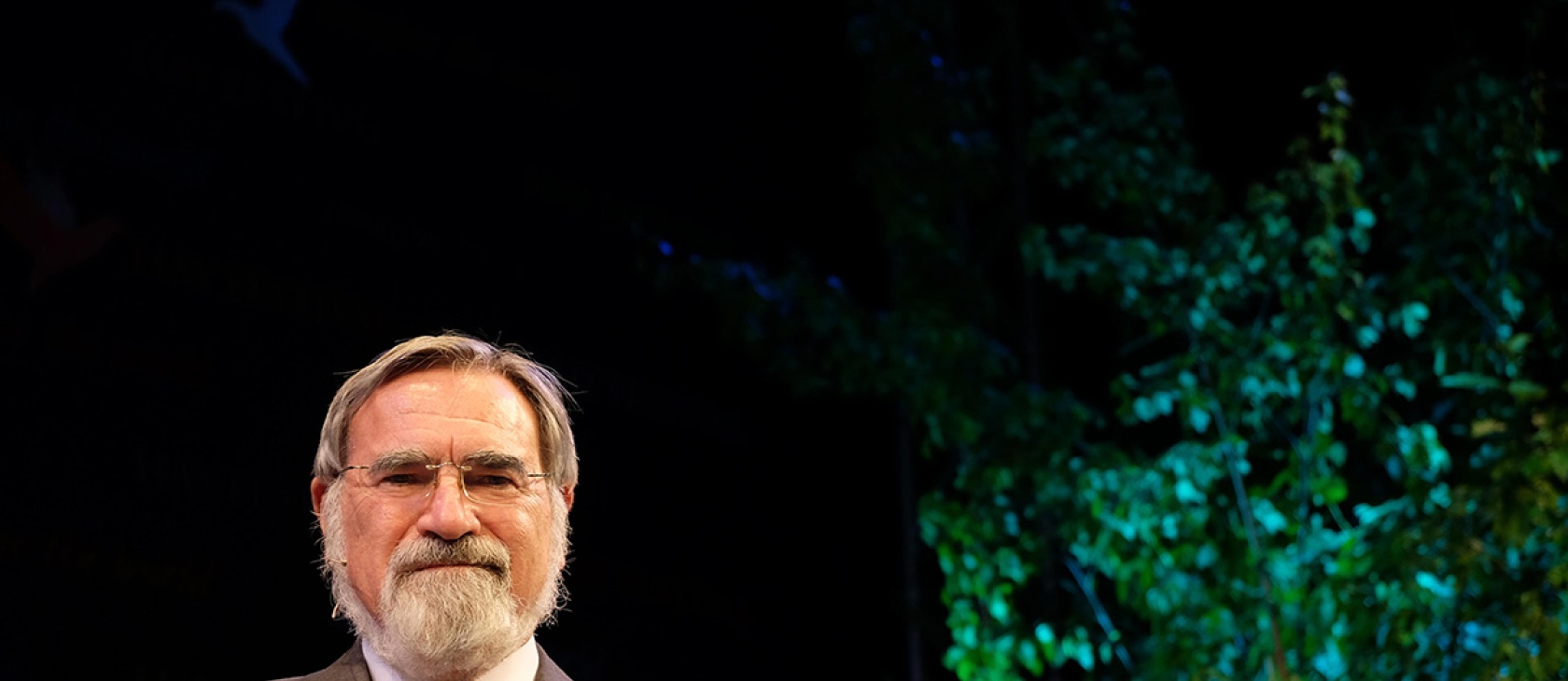


Market based schooling sounds like a contradiction in terms to public school teachers' unions; it sounds like a non sequitur to hard-pressed denominational schools; it's Greek to the average taxpayer; but it's the next step to education critic Myron Lieberman. Eight years ago, Lieberman published Beyond Public Education, in which he prophesied the emergence of a market-based, non-establishment challenge to the clichés about educational reforms which flooded the nation in the years following publication of A Nation At Risk (the Reagan Administration's “call to arms” in the education wars). Lieberman discounted the reform rhetoric rearranging the chairs on the deck of the Titanic. The fundamental disorders of public education were intrinsic to the medium-that is, education as an organized state monopoly was doomed to fail. He reasoned, however, that the sinking of public education need not cause the drownings of millions of youths, if only Americans reacted in a timely fashion to shape educational life rafts founded on market principles.
Now we read from Lieberman's pen the obsequies of public education. His new book, Public Education: An Autopsy, reveals that the life rafts have not been timely crafted to avoid dashing the hopes of yet another generation of youths against rocks of educational ineptitude. Thus, as public education fails and dies, it carries along the ghosts of natural abilities atrophied in young children who could not escape in time.
Who are the young victims of a deadly public education? Some are youths who could build productive lives for themselves by entering the work force, but who are barred by law from doing so, while simultaneously being locked pulsory schools in which no learning occurs. Some are youths who could profit from schools if schools were permitted to profit from teaching them-who could sharpen skills of expression and inquiry by exercises calculated to serve that goal. Others of them possess every means to excel save the material and are abandoned to schools that eschew excellence. All of them are youths needing moral guidance to choose aright amid a welter of choices, but who have been abandoned to secular indifference to every choice but the politically correct one.
In relating this story, Lieberman more forcefully details the errors of public education's supposed saviors than the sins of its defenders. Conservatives who nibbled at the union-fed bait of “public schools choice” as a counter to demands for “choice in education,” voucher supporters like those in Milwaukee who agreed to experiments in which the odds are stacked against the pitiful handful who are excepted from the prevailing public school orthodoxy, and non-profit schools which believe that petition parisons) among schools would undermine their position, all serve as examples in this work of a “reform” psychology that cannot solve the problems, nor delay the demise, of public education.
The argument is insistent: education cannot be limited to the public and non-profit sectors as the only alternatives. Lieberman insists on a three-sector analysis in which schools for profit operate freely as the only means to understand how far we may go in changing our approach. In doing this, he returns us to the pre-public education world, in which “for profit” and “not for profit” schools occupied the whole territory. This changed when public subventions for education purposes were found to be going to schools Americans did not wish to encourage: mainly the numerous schools of the large-scale Catholic immigration of the nineteenth Century. To avoid spreading Catholic doctrine, Americans began to develop public schools, which were no less Protestant than the private schools before, and to deny subventions to all private schools. The return to public subventions for private schools in our own era-the voucher movement-raises anew all the old questions, but Lieberman insists that we will not understand the possibilities unless we factor in “for profit” or market-based schools.
If the time is right for such a revolution, it must derive from the “death of public education.” But an “autopsy” must convey the cause of death. What seems to have passed away-and Lieberman seems right about this-is the political momentum sustaining the state education monopoly. No longer does the great middle class automatically identify the state monopoly as the key to a democratic rite of passage. Thus, the appeal of private schooling to the middle class and the poor, as well as the burgeoning significance of home schooling, indicate a swing in opinion powerful enough to deprive the state monopoly of its political base.
In turn, the loss of the great political base explains why the public education monopoly has turned itself into an NRA-style political lobby, scrapping with might and main pel or manipulate public bodies into preserving its iron grip on the souls of young folk. The teachers' unions are no longer even potentially professional groups; they are mere interest groups. As such, they fight for their own material interests; the children are but expendable pawns in that game and the state monopoly would apparently happily dispose of them if it could think of a means to keep the tax stream flowing without the children.
Middle class voters have lost interest in supporting educators simply because “educators deserve a decent living.” Partly this results from demographic change; fewer of the middle class have children to educate. More importantly, though, it results from deep-seated skepticism that condom-toting, relativity-teaching educators have anything decent to impart to the young. Increasingly, the public educators offer a bargain that would offend even a Faust: give us a decent living in return for indecent catechumens! The middle class has finally calculated that it can obtain the same results while saving its money!
In the last analysis, however, it is far less important to know why public education fails than to know what education works. That is the greatest hope for a market-based system, in which all participants would be pressed to make clear what it means for educators to succeed. I admire Lieberman's unwillingness to dictate educational goals. He seems inspired by a rightful disinclination to encourage more “reform talk,” more “how to” nostrums that only side-track serious efforts to change schooling into ritualized efforts to reform public education. That is a serious fault of our age, and all should think thrice before venturing proposals which suggest that minor modifications can improve the state education monopoly. Nonetheless, I must say what I have long been persuaded of in this regard, partly because I know it calls for no minor modifications.
Children only learn from worthy, morally serious adults. Period. For a child to desire to learn, the child must believe that the adult(s) undertaking his formation believe that it is important for the child to be good. No one can impart that certainty to a child apart from conveying to the child that we humans are not the disposers of our selves, our fates-that we have been engendered within designs infinitely greater than ourselves and with a concern for us that offers opportunity for us to merit distinguishing grace. There is where one finds the mysterious “motivation to learn” so dear to the educational researcher's heart.









